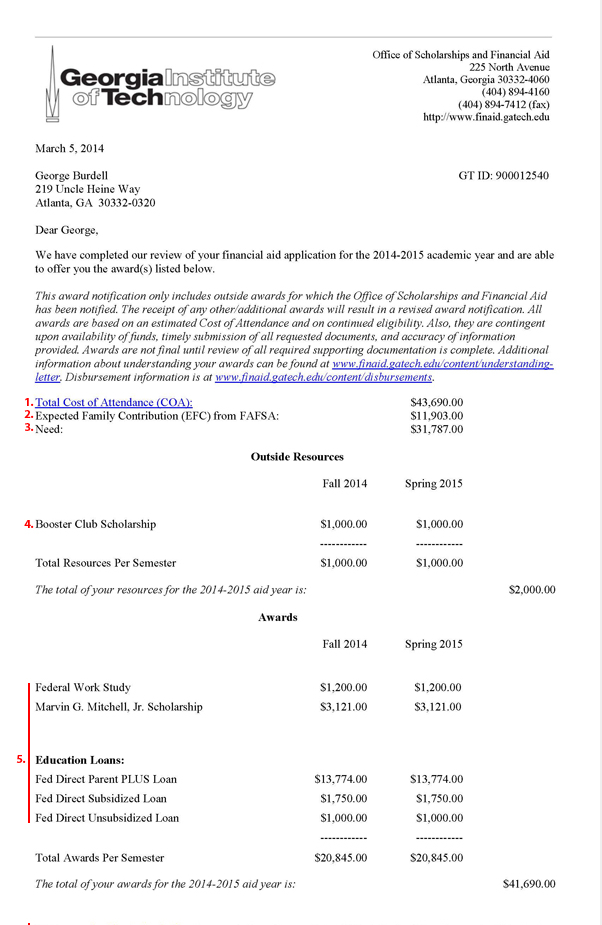 A reader recently posted this question on my Facebook page:
A reader recently posted this question on my Facebook page:
Liz, I’m 30 years old and looking into starting [to invest in] mutual funds and IRAs and have no idea where to start. I know I really need to invest for the future and am eager to do so, but again, have no knowledge on any of this nor know where to start. Any advice or pointers would be more than appreciated.
I suggested he start with reading two really good books for beginning investors, Kathy Kristof’s “Investing 101” and Eric Tyson’s “Personal Finance for Dummies.” But here’s a summary of what you’ll learn:
Get started investing as soon as possible, even if you don’t quite know what you’re doing. You’ll learn along the way, and you really can’t make up for lost time.
Invest mostly in stocks. Stocks over time offer the best return of any investment class, and provide you the inflation-beating gains you’ll need for a comfortable retirement.
Don’t try to beat the market. Few do consistently. Most people just waste a lot of money. Instead, opt for mutual funds or exchange traded funds that try to match the market, rather than beat it.
Keep fees low, low, low. Wall Street loves to slather them on, but fees kill returns. Here’s an example: An annual IRA contribution of $5,000 can grow to about $1 million over 40 years if you net a 7 percent average annual return. If you net 6 percent, that lowers your total by a $224,000. That’s a heck of a lot to pay for a 1 percentage point difference in fees.
If you have a workplace retirement plan such as a 401(k), that’s where you should start investing. If you don’t, then an IRA you open yourself is the next best thing.
So here’s a prescription for getting started: Open an IRA at Vanguard, which prides itself on its low expenses. Send them a check for $1,000 (the minimum to get started with an IRA). Choose a target date retirement fund that’s close to the year when you expect to retire (in this reader’s case, that would be the Vanguard Target Retirement 2050). Target date funds take care of everything: asset allocation, investment choices, rebalancing over time for a more conservative mix as you approach retirement age. You can get the $20 annual account fee waived if you sign up for online access and opt for electronic delivery of account documents.
There you go–you’re on your way.




